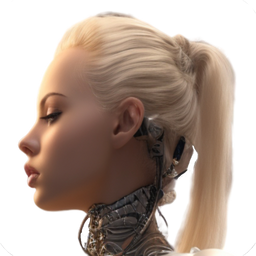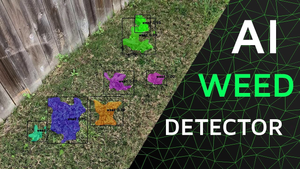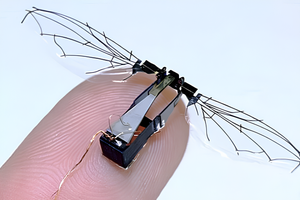Says the pirate!
In the tapestry of human history, the dream of flight stands out as a testament to our unyielding spirit. From the mythological tales of Icarus, who dared to soar too close to the sun, to the Wright brothers' pioneering flight at Kitty Hawk, our fascination with the skies has been both a beacon of hope and a symbol of limitless possibilities. But as we stand on the cusp of a new era, it's not just the ancient myths or modern airplanes that capture our imagination. Instead, our gaze turns to the dragonfly, an insect that has perfected the art of flight over 300 million years.
This ancient flier, with its iridescent wings and unparalleled agility, offers more than just aesthetic wonder. It holds the blueprint for a technological revolution. As fields stretch out beneath the summer sun, a new kind of machine is taking to the skies. Drones, inspired by the very essence of the dragonfly, are set to redefine our understanding of agriculture, monitoring, surveillance, spying, and beyond.
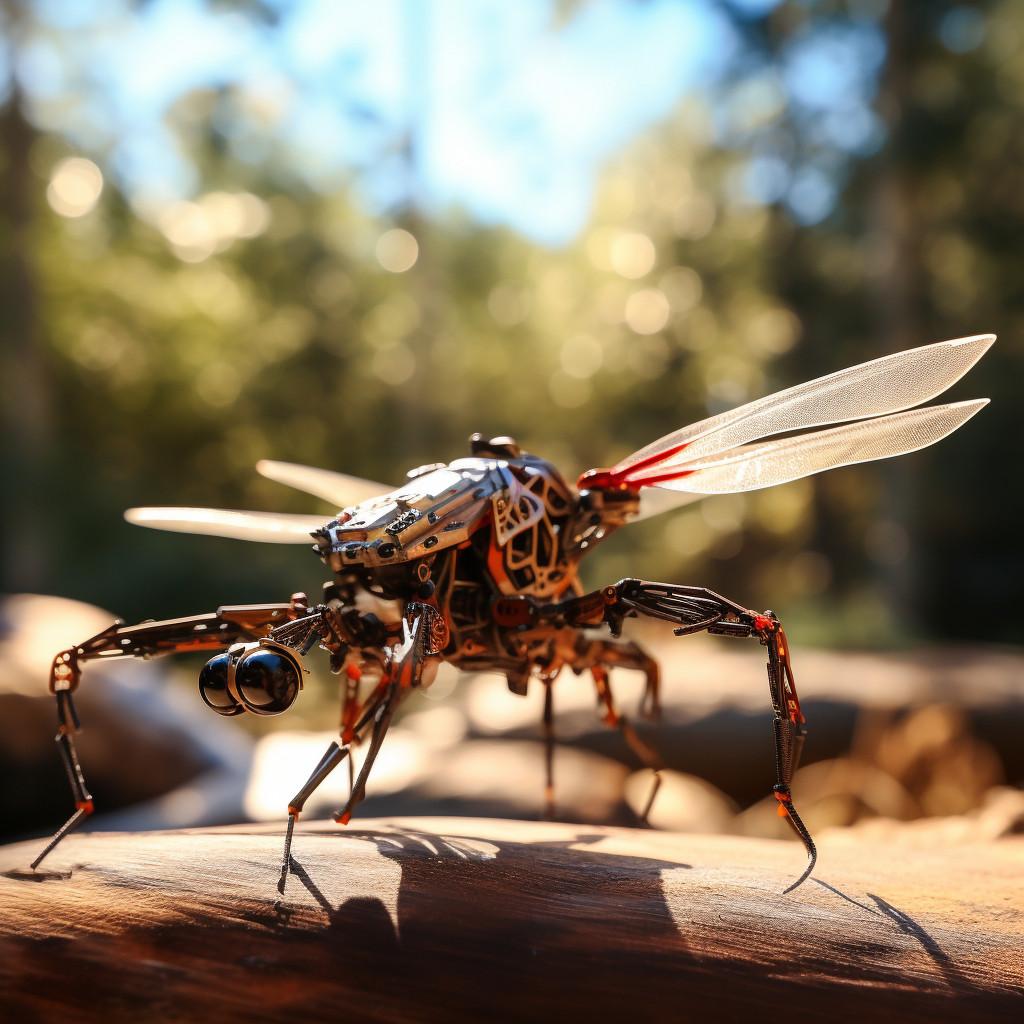
But as we harness the marvels of nature to fuel our technological aspirations, we are also faced with profound questions. Are we merely imitating nature, or are we venturing into a realm where the lines between the organic and the artificial begin to blur? And in this quest for mastery, are we honoring the legacy of the dragonfly, or are we on the precipice of a future where nature's wonders are merely templates for our ambitions?

We have touched the subject of drones in the past, as you can see from the bookmarks below; however, in this article, I want to explore something that is escaping the common eye (pun fully intended) and that is what some companies are actively working on in the miniature drones for several civil and warfare use. You can keep an eye on the crops, not just for the sake of knowing what's going on but also for target analysis. Personally, I could use one of those for both: caterpillars are murdering my guavas... but that's another story.
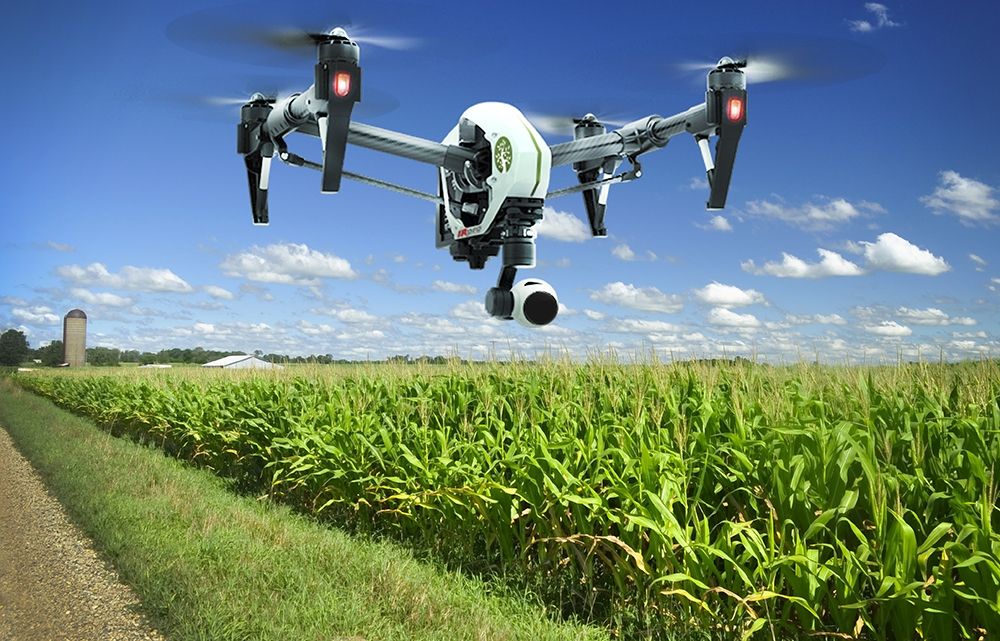

Let's start from the top.
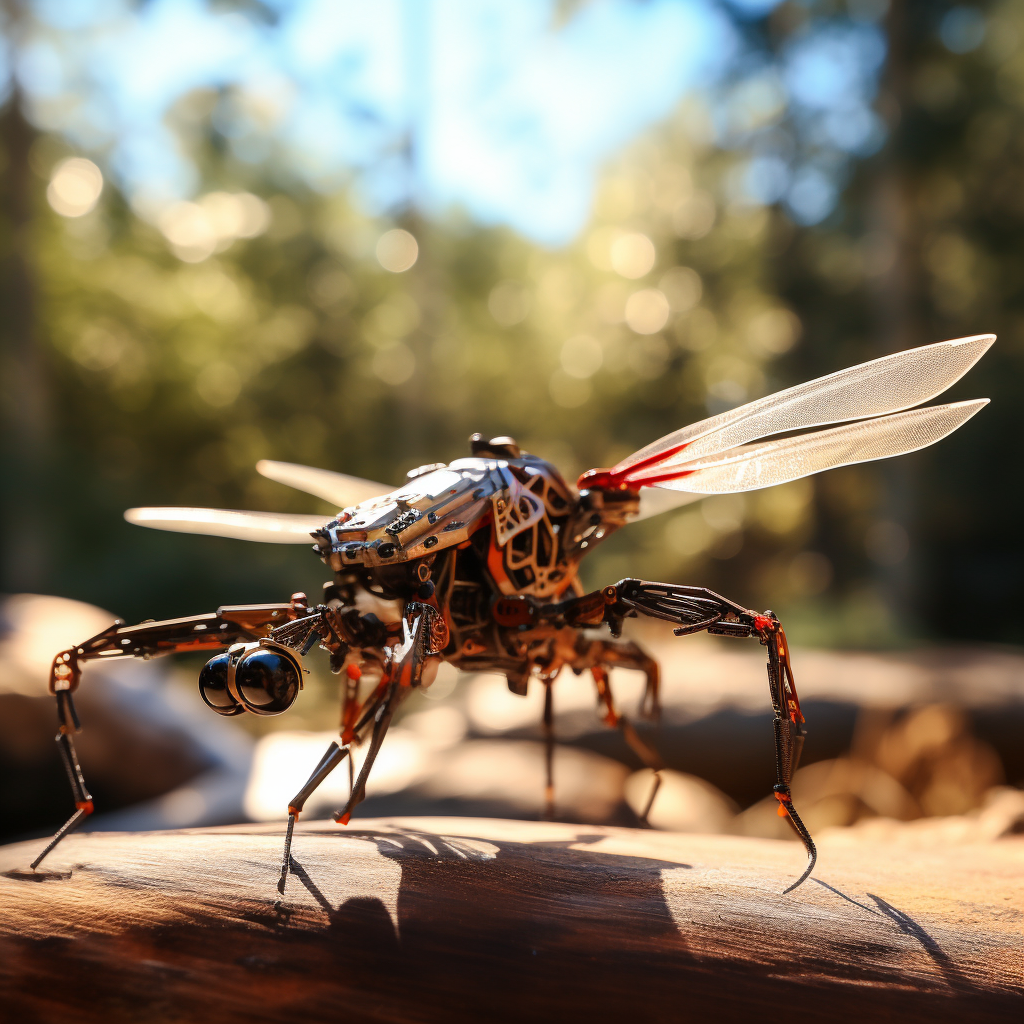
The Marvel of Dragonfly Aerodynamics
As twilight descends upon a serene lakeside, the air comes alive with the mesmerizing dance of dragonflies. Their swift maneuvers, punctuated by moments of hovering stillness, are a testament to nature's profound engineering prowess. But what is it about these creatures that have captivated scientists and dreamers alike for centuries?
The answer lies in the intricate design of their wings. Unlike many of their airborne brethren, dragonflies possess a dual set of wings that operate independently, allowing for feats of agility that remain unparalleled in the natural world. This winged harmony is not just a marvel to behold but a complex interplay of physics and biology, honed over millennia.
Historical records from ancient civilizations, be it Egyptian hieroglyphs or Chinese folklore, allude to the reverence these cultures held for the dragonfly. Was it merely their radiant beauty that caught the eye, or did these ancient societies recognize, on some intuitive level, the genius of their design?
Today, as we stand on the precipice of a technological renaissance, the dragonfly emerges not as a mere insect but as a beacon guiding our path forward. Its wing structure, a blend of strength and flexibility, presents a challenge: Can we, with all our advancements, replicate such perfection? So far, it has been a hit-and-miss.
In our pursuit, ethical quandaries arise. While the dragonfly's design is a product of nature's slow, deliberate chisel, our approach is one of urgency, driven by the march of progress. Are we treading a path of genuine homage to nature, or are we venturing into uncharted waters where the sanctity of nature's designs might be compromised for innovation?
While that Indigogo project was the biggest crowdfunding scam to date for technological products, the one you see below is far from it. That's what NASA is building to monitor Mars at a faster speed than a rover. They only have ONE BILLION dollar budget, so that is a constraint... on taxpayers!
Embed from Getty ImagesYet, the potential rewards are undeniable. A drone, built upon the principles of the dragonfly's aerodynamics, could revolutionize industries, from agriculture to defense.

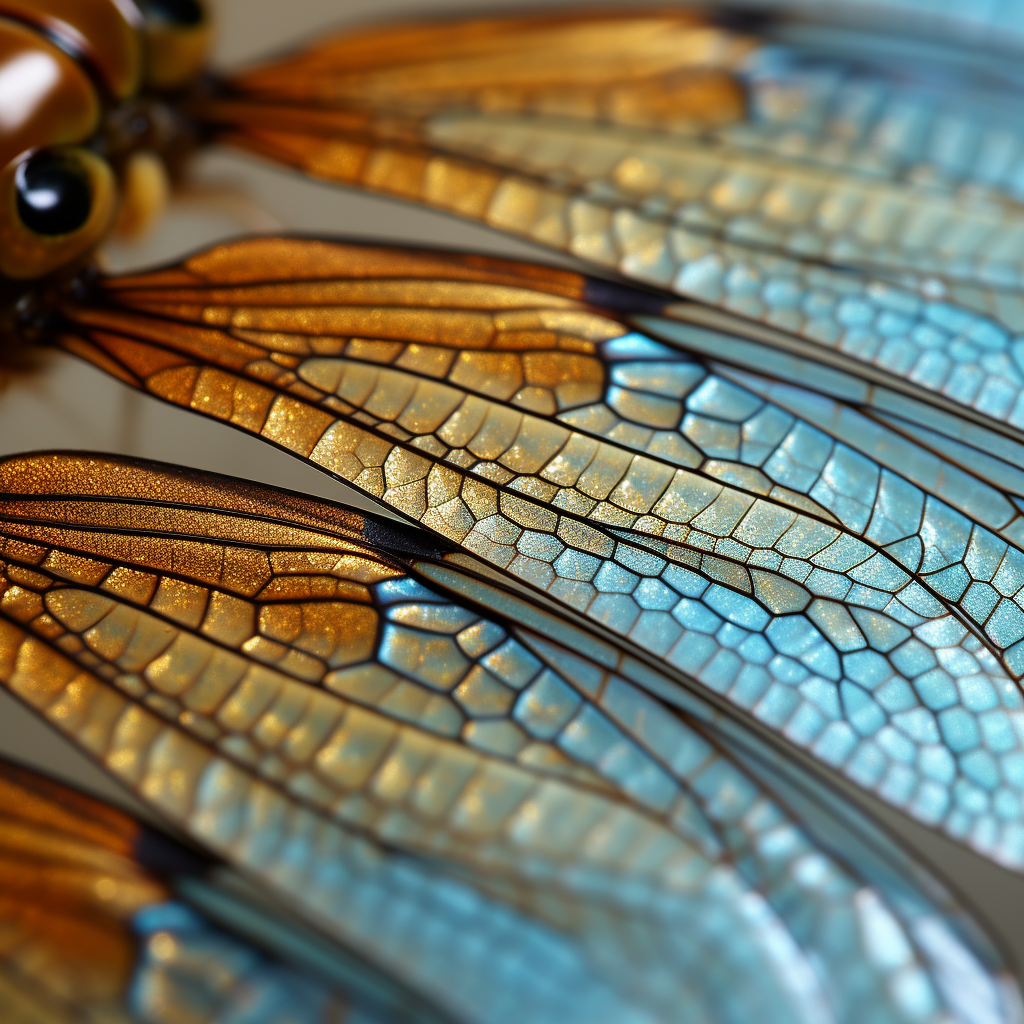
Such a machine could navigate the complexities of our modern world with the grace of its natural muse, bringing us closer to a future where technology and nature coalesce in harmony.
The Fusion of Nature and Technology
Amidst the vast expanse of human innovation, there emerges an intersection where the age-old wisdom of nature intertwines with the audacious spirit of technology. The dragonfly, an emblem of nature's perfection, presents a challenge and an opportunity. As its wings flutter in rhythmic harmony, can our modern marvels, the drones, rise to emulate such natural brilliance?
The quest for this fusion drives researchers to the cutting-edge realms of 3D modeling and artificial intelligence. These tools, once the domain of science fiction, now hold the promise of decoding the dragonfly's intricate flight patterns. But as we delve deeper into this digital realm, we must ponder: Are we on the brink of creating machines that think, adapt, and evolve, much like their biological counterparts?

Energy efficiency, a hallmark of the dragonfly, becomes a central tenet in this technological quest. As the world grapples with the specter of dwindling resources, the dragonfly offers a beacon of hope. Can our drones, inspired by this ancient insect, soar the skies without the insatiable hunger for power, ensuring longer flight times on mere sips of energy?
The project itself by NASA might be affected by the temporary political climate;
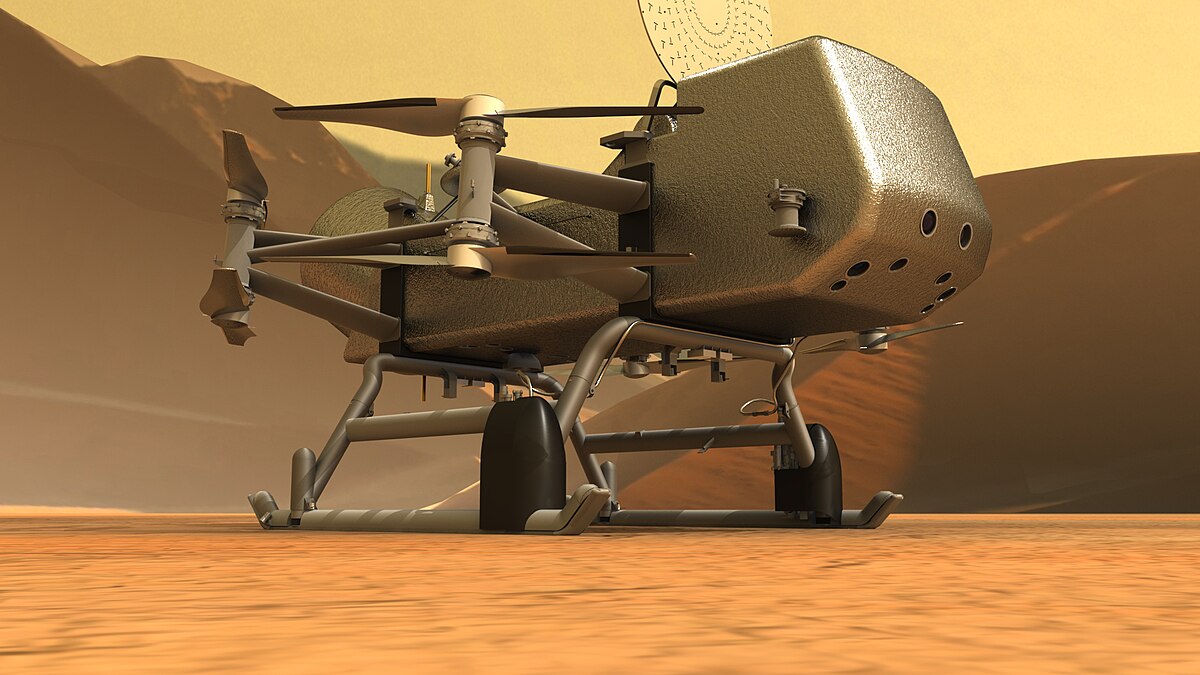
However, the intent behind the design principles is the looming beginnings of a new type of architecture for drones of very small size. I know what you are thinking now, not because I am Nostradamus powered by AI (I wish!) but because the word miniature reminds you of little tiny droids with wings with 007 background music.
Instead, you need to think of engineering at scale - specifically of a car shrunk down in a motorcycle sizing while keeping the same power and features. Remember the first iPhone and the one they announced today?

But as these innovations unfold, we confront profound ethical landscapes. In our race to harness the best of both worlds, do we risk obliterating the very essence of what makes each realm unique? The dragonfly, a product of millions of years of evolution, versus drones, our brainchild of rapid technological progression. In this confluence, where do we draw the line between enhancement and exploitation?
The stories of ancient civilizations, from the banks of the Nile to the heart of the Middle Kingdom, reverberate with awe for the dragonfly. Today, as we stand on the shoulders of these giants, our drones are poised to reshape the future. Yet, as we forge ahead, we must constantly reflect: In this symphony of nature and technology, are we the composers, the conductors, or merely the audience? When technology goes hyper-small and at a very accessible price point (see below), any DIYer can add a camera to stream your not-so-nice neighbor's living room just by having a robotic dragonfly flapping by his window. At the current pace, that is more attainable than evil.
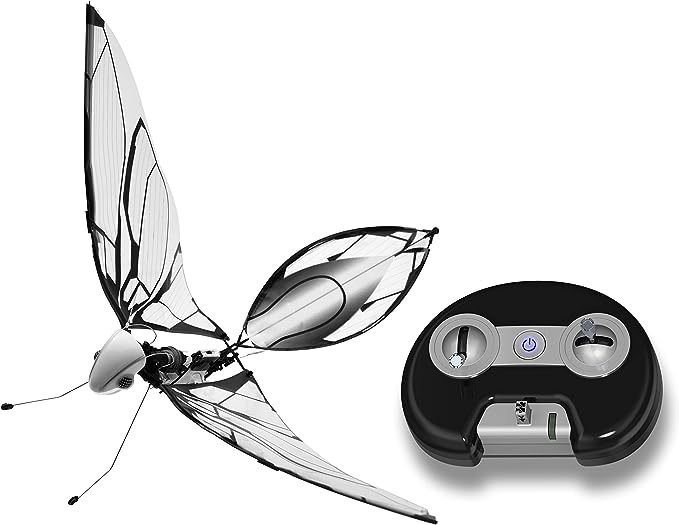
MetaFly
MetaFly Standard Kit by BionicBird - High-Tech Electronic Biomimetic and Radio-Controlled INSECT DRONE for Indoor and Outdoor Use
Beyond Flight: Applications and Implications
In the annals of human history, there has always been a drive to explore the uncharted, to push boundaries, and to harness the unknown. As the dragonfly has shown us, the mysteries of flight are not solely the domain of birds and planes. There is a world of intricacy and precision in the tiny beats of an insect's wings, and from this, we draw inspiration for machines that could redefine our world.
The labyrinthine alleys of ancient bazaars, the dense canopy of rainforests, and the craggy terrains of mountain ranges - areas once deemed inaccessible are now within our reach. Drones, inspired by the agile dragonfly, promise a revolution in how we navigate these spaces. But what does this mean for our societies, our cultures, and our ethical compass?
The potential of dragonfly-inspired drones in surveillance is vast. No longer confined to open skies, these drones can weave through tight urban landscapes, providing unprecedented levels of detail and insight. But with this power comes a philosophical conundrum: In our quest for safety and knowledge, do we risk encroaching upon the sanctity of privacy?
Search and rescue missions stand to gain immensely. In the face of disasters, when every moment is crucial, the agility and efficiency of these drones could be the difference between life and death. They embody our collective hope and represent humanity's undying spirit of resilience. But as we deploy them into nature's most challenging terrains, do we understand the delicate balance of the ecosystems we enter?
The theater of defense, too, is on the cusp of transformation. Drones that mimic the dragonfly's flight could be the vanguard of tomorrow's defense strategies. Yet, this brings forth an age-old dilemma: As we arm ourselves with advanced technologies, are we also prepared for the ethical battles that lie ahead?
To put that in perspective, take a look at the Honeywell RQ-16 drone, which admittedly looks like a drone mated with a mosquito and, in the process, got stuck in the DNA machine. If you haven't seen this classic movie, I highly recommend it. That's from where my reference comes from.

Also, if you haven't seen Honeywell's drone, take a look. Among the many things, it's GAS-powered!

Honeywell RQ-16 T-Hawk
is a ducted-fan, vertical take-off and landing (VTOL) micro unmanned aerial vehicle (UAV). It was developed by Honeywell and can be deployed from a backpack and operated by a single person. The RQ-16 T-Hawk weighs about 17 pounds and has a diameter of 14 inches. It can be assembled and deployed in about ten minutes. The RQ-16 T-Hawk was fielded in 2007 and is used to locate improvised explosive devices. It can hover close to buildings, which may be useful in urban combat. The RQ-16 T-Hawk is an unarmed, short-range, remotely piloted aircraft. The RQ-16 T-Hawk is part of the Micro Air Vehicle (MAV) program, which was launched by DARPA. MAVs are small, unmanned aerial vehicles that can be used for reconnaissance, surveillance, and target acquisition. They are often equipped with advanced sensors and cameras.
Megaproject YouTube creator does a very good narration and walkthrough of Flying Beast. In particular, the overall use of drones at the defense level.
Cultures across the world hold the dragonfly in reverence. In Japan, it symbolizes strength and happiness, while Native American legends speak of its swiftness and activity. As we integrate the essence of the dragonfly into our modern drones, it's imperative to ask: Are we honoring these cultural legacies or redefining them?
Sustainability and the Future
Amidst the vast expanse of azure skies and verdant fields, a subtle revolution is underway. The dragonfly, nature's seasoned aviator, continues its dance, unchanged for millions of years. Yet, as we look to the horizon, we see the silhouettes of drones, mankind's newest heralds of the skies. In this juxtaposition, we find a narrative of evolution, adaptation, and the promise of sustainability.
The longevity of the dragonfly, having graced our planet for over 300 million years, offers a profound lesson. That is not just an important historical reference, that is Silicon Valley's most successful principle at work.
Keep iterating until you get it right.
And 300 years it's a lot of iterations cycles to go by.
Nature, in its boundless wisdom, crafts designs that endure, not just in form, but in harmony with the environment. But as we embark on our journey to create drones inspired by these ancient fliers, are we paying heed to this cardinal principle of nature?
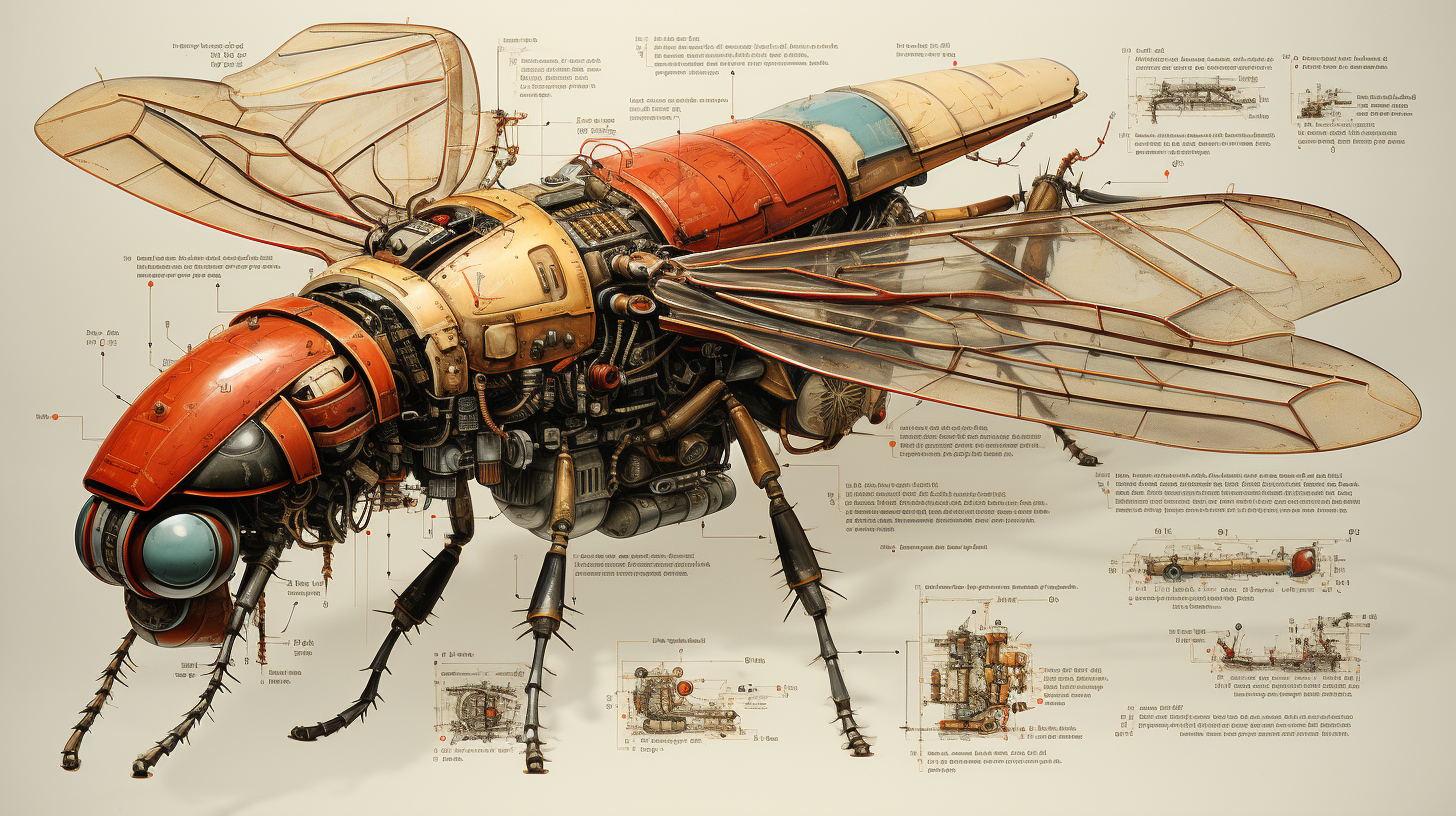
In our laboratories and design studios, the quest for innovation often eclipses the call for sustainability. Yet, as we draw from the dragonfly's blueprint, we are presented with an opportunity to weave sustainability into the very fabric of our creations. Drones that not only emulate the flight patterns of their muse but also embody their ethos of minimalism and efficiency.
Beyond the realms of technology and design, there lies a deeper philosophical inquiry. In our ambition to conquer the skies, are we also taking a moment to reflect on our place within the grand tapestry of life? The dragonfly, in its silent wisdom, offers a lesson in coexistence, adapting to changing climates, habitats, and challenges over eons. Can our drones, the pinnacle of human ingenuity, claim to have a similar legacy in the distant future?
History stands as a testament to civilizations that revered the harmony between man and nature. From the ancient druids who saw divinity in every leaf and stone, to indigenous tribes that crafted their lives around the rhythms of nature. As we propel forward into an era dominated by technology, do we risk severing this sacred bond? Or can we envision a future where our drones, inspired by the dragonfly, become symbols of a new covenant between man and nature?
In this quest for progress, we stand at a crossroads. One path leads to unbridled innovation, while the other beckons us to pause, reflect, and perhaps chart a course that celebrates both our technological prowess and our deep-rooted connection to the world around us.
Practical Challenges and the Road Ahead
In our shared dream of a sky dotted with dragonfly-inspired drones, we must also acknowledge the gusts of challenges that might sway our flight. The journey from biological inspiration to technological implementation is strewn with both anticipated hurdles and unforeseen complexities.
The meticulous artistry of the dragonfly's flight, shaped by eons of evolutionary pressures, presents a daunting benchmark. While our tools of 3D modeling and artificial intelligence offer promise, they also confront us with a myriad of technical challenges. Can our algorithms truly capture the nuanced dance of a dragonfly darting over a pond, reacting in real-time to environmental stimuli?
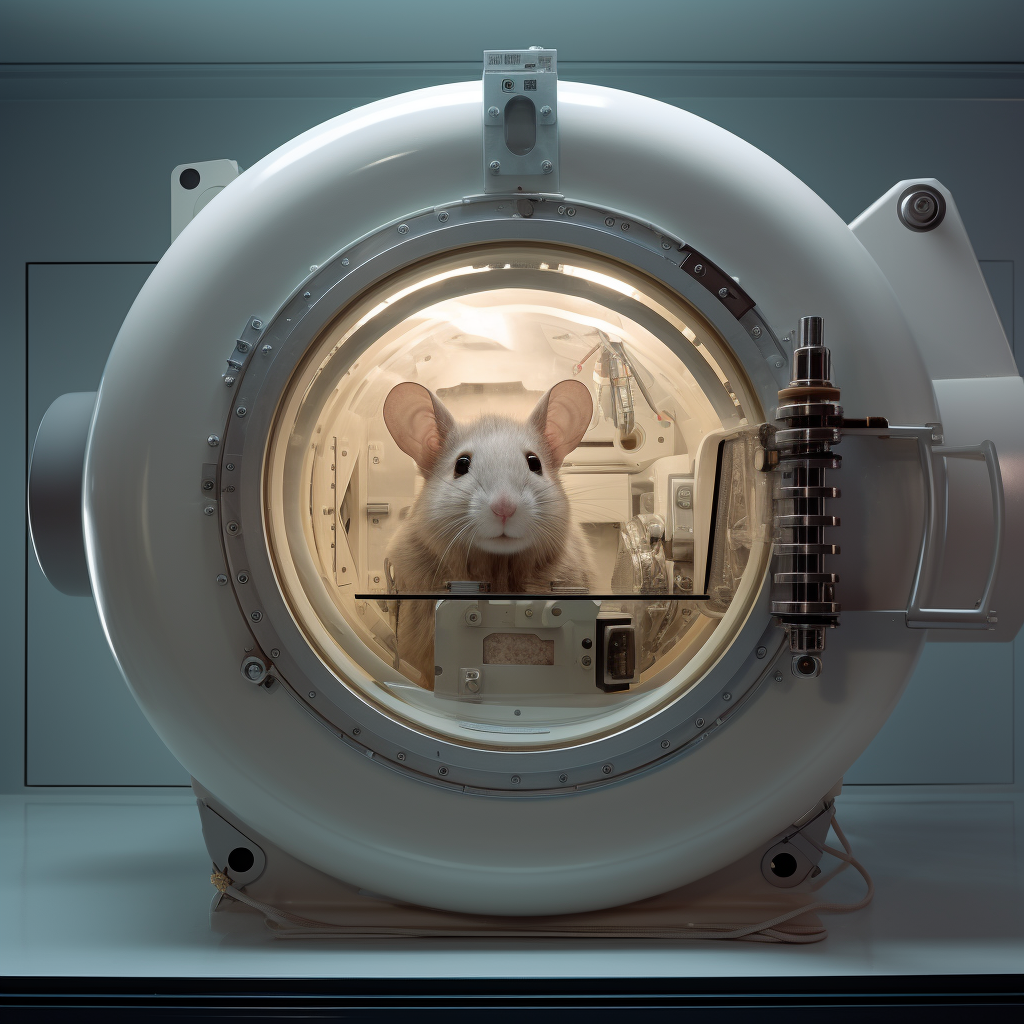
Then there's the matter of energy. The dragonfly, in its natural habitat, has perfected the balance of energy expenditure and recovery. It has access to an organic, sustainable source of energy: food. Our drones, on the other hand, rely on batteries with limited lifespans. How do we ensure extended flight times without frequent recharges or heavy battery packs that might hamper agility?
Historical connections offer a moment of reflection here. The Wright brothers, inspired by the flight of birds, faced similar challenges in their quest for human flight. Their success was not just in mimicking nature, but in understanding and adapting to the practical limitations of their time. Are we, as innovators, willing to embrace such adaptability?

Cultural insights also play a pivotal role. In regions where the dragonfly is revered, the introduction of drones that mimic their flight might be met with enthusiasm. Yet, in others, it might raise concerns about man's attempt to play creator, challenging nature's dominion.
Ethical dilemmas loom large. As we deploy these drones for surveillance or defense, we must grapple with issues of privacy, consent, and potential misuse. The very tools that promise enhanced agricultural productivity or efficient search and rescue missions could also be wielded as instruments of control or aggression.
Amidst these challenges, we find an opportunity—a chance to engage in a dialogue, both with nature and with each other. A dialogue that transcends the binaries of technology and ethics, and delves deep into our shared aspirations and fears.
The road ahead, while promising, beckons us with cautionary tales and ethical signposts. As we journey forth, let us do so with a sense of responsibility, not just to the marvels of technology we create, but to the world they will inhabit and the legacy they will leave behind.
Societal Implications and Transformative Possibilities
As the dawn of dragonfly-inspired drones approaches, society stands on the cusp of a new era. The very essence of agriculture, surveillance, defense, and even recreation, is poised for a metamorphosis. But with every leap of innovation, there is an echo of introspection. What do these aerial marvels mean for society, and how will they reshape our collective destiny?
Historically, every technological marvel has woven its narrative into the tapestry of society. The steam engine, the telegraph, the internet – each has been a catalyst, propelling humanity into uncharted territories, both literally and metaphorically. The dragonfly drone, with its blend of biology and technology, promises a similar transformative journey. But where will this journey take us?
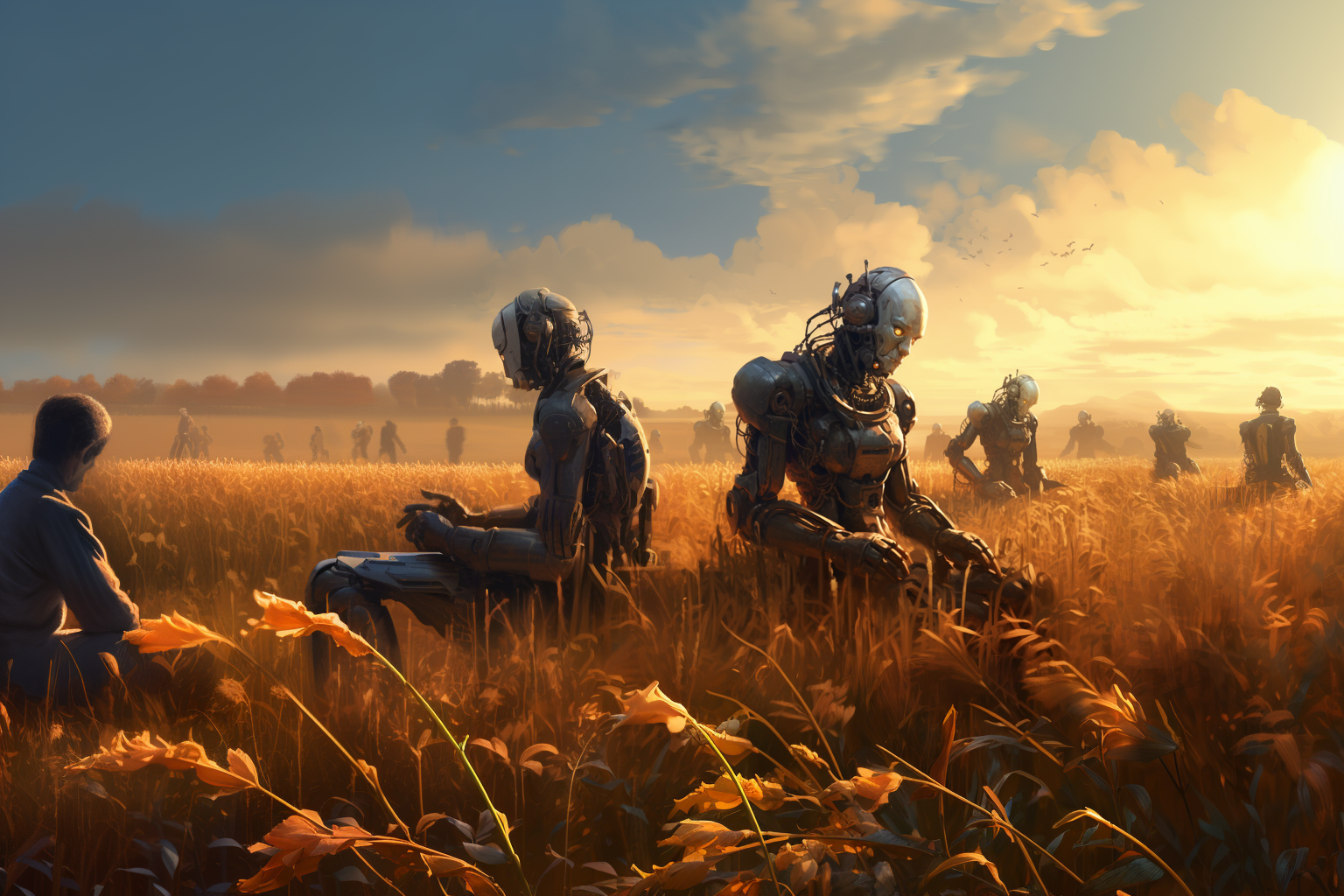
For farmers tilling their lands, these drones offer the allure of precision. Gone will be the days of broad-spectrum spraying. With the agility and precision of a dragonfly, drones can target pests, nourish crops, and monitor health, all with an efficiency that respects both the crop and the environment. But this efficiency also raises poignant questions. Will this render traditional farming techniques obsolete? And what becomes of the age-old wisdom passed down through generations?
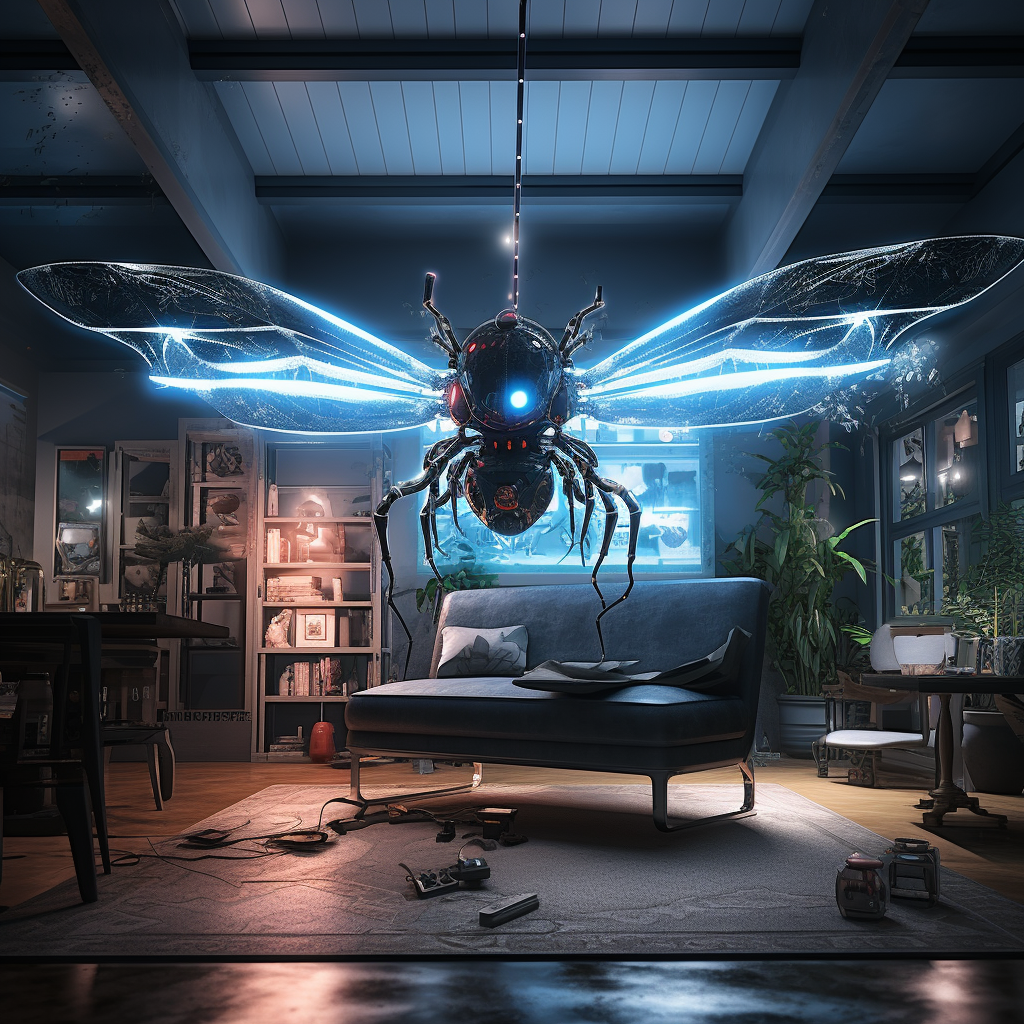
In the realm of defense and surveillance, the implications are even more profound. A drone, with the stealth of a dragonfly, could be the ultimate reconnaissance tool.
But in this capability lies an ethical maze. How does society navigate the balance between security and privacy? And as these drones flit across borders, what does this mean for international diplomacy and the very notion of sovereignty?
/cloudfront-us-east-2.images.arcpublishing.com/reuters/XPGQSFR5BJM6VCKFBWOXEWXRUM.jpg)
Recreation, too, stands to be revolutionized. Imagine a world where children, instead of chasing dragonflies, fly their mimic drones, learning not just the mechanics of flight, but also the biology that inspired it. This convergence of play and education has the potential to nurture a generation that is technologically adept and biologically informed. But in this merger, do we risk losing the simple joys of childhood – the thrill of a dragonfly landing on one's hand, the wonderment at its gossamer wings?
The dragonfly drone, thus, is not just a marvel of engineering; it is a mirror reflecting society's hopes, dilemmas, and choices. As we stand at this crossroads, we are reminded of the words of the philosopher Kierkegaard, who mused that life can only be understood backward, but it must be lived forwards. In the shadow of the dragonfly, as we forge ahead, may we do so with wisdom, foresight, and a reverence for the delicate balance of life.
Remember, behind every great robot, there's an even greater human! Wings or not!


